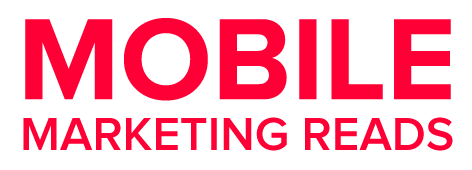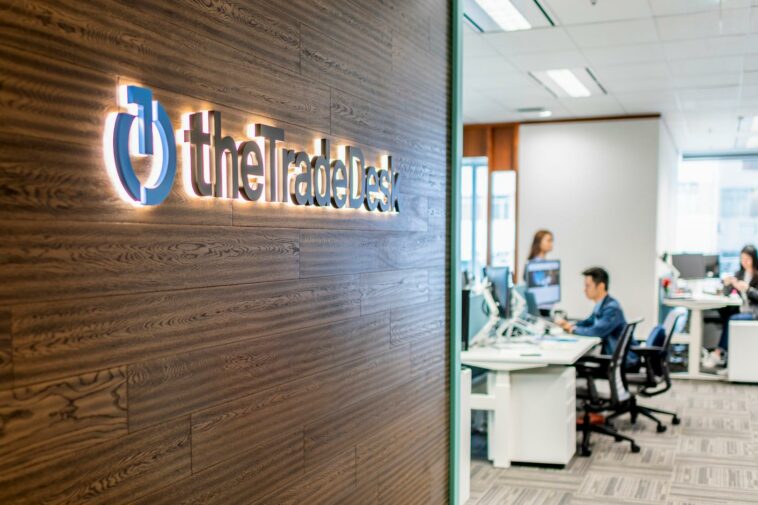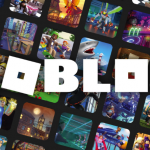The Trade Desk (TTD), the programmatic advertising powerhouse, will officially join the S&P 500 index this Friday, marking a significant milestone for the independent ad tech firm and signaling growing mainstream confidence in the future of digital advertising. The move comes as Synopsys finalizes its $35 billion acquisition of Ansys, opening a spot on the blue-chip index for TTD.
Shares of The Trade Desk jumped as much as 14% in after-hours trading following the announcement, adding to a 10% bump seen since Monday. Despite taking a hit earlier this year after a weaker-than-expected earnings report, TTD now trades around $80–$85, regaining momentum as institutional investors rebalance portfolios to reflect its inclusion in the S&P 500 — an index synonymous with market stability and large-cap credibility.
Founded in 2009 by CEO Jeff Green and CTO David Pickles, The Trade Desk has grown into one of the biggest independent players in programmatic advertising, competing with tech giants like Google and Amazon. With a current market capitalization around $37 billion, its entry into the S&P 500 places it squarely among the market’s most closely tracked companies.
Meanwhile, the broader ad industry continues to shift budget priorities as legacy consumer brands lean harder into influencer marketing. Estée Lauder, historically conservative about its digital spend, has dramatically expanded its social media strategy to reach younger buyers driving cultural trends. Echoing this pivot, Unilever plans to increase its influencer partnerships by 20-fold, aiming for social media to represent half of its total ad spend in the near future. For many brands, social media has overtaken TV as the key channel for cultural reach and conversation.
At the same time, marketers are keeping a watchful eye on AI’s promised productivity boost — and its bottom-line impact. According to Digiday, brands like jewelry retailer Melinda Maria have boosted customer service efficiency by 60% and saved over $1.2 million in payroll costs using AI tools — though the savings came more from paused hiring than layoffs.
B2B SaaS firm Demandbase claims generative AI has freed up 366 employee hours in just three months and unlocked $250,000 for reinvestment into its own platform. But questions remain: an IAB report from April found that 70% of brands, agencies, and publishers are still limiting AI use because of security risks and fragmented tech stacks. Gartner predicts that by 2027, 60% of generative AI projects in advertising could stall or be scrapped altogether if clear ROI isn’t proven.
TTD’s inclusion in the S&P 500 highlights the enduring relevance of programmatic advertising in a fast-changing landscape increasingly shaped by influencers, AI, and evolving measurement expectations. As major brands like Estée Lauder chase younger audiences through creator partnerships and marketers weigh the real impact of AI on budgets, The Trade Desk’s ascent signals that ad tech innovation is still firmly in the market’s spotlight — and here to stay.







Comments
Loading…